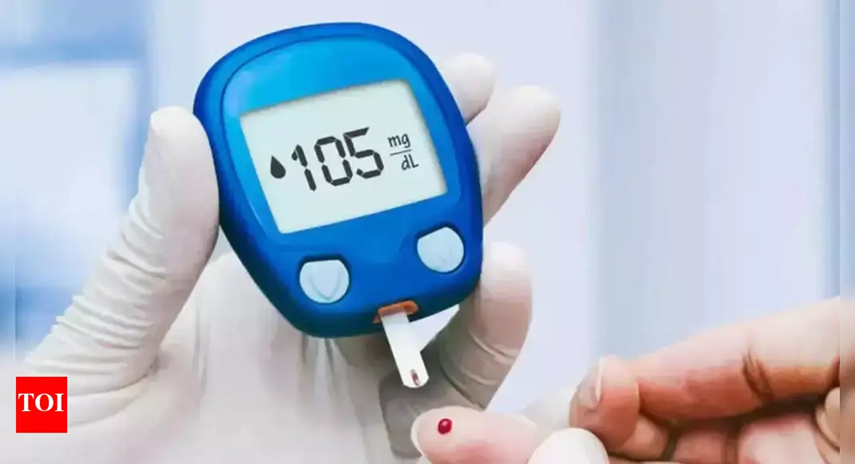
An international team of researchers say they have successfully translated high-field nuclear magnetic resonance (NMR) spectroscopy to low-field, affordable, benchtop systems for the analysis of lipoproteins to assess a patient’s cardiovascular risk. This advancement, published in Analytical Chemistry, points the way for the potential to broadly deploy NMR technology for advanced molecular diagnostics into regional and remote locations for use in routine clinical care.
According to the research team, “The ability to perform high-precision lipoprotein analysis on compact, easy-to-maintain instruments represents a paradigm shift in preventive medicine.” Collaborators in this study include researchers from the Australian National Phenome Centre (ANPC) at Murdoch University, CIC bioGUNE, Monash University, and Bruker Biospin.
The study found that benchtop NMR systems, operating at 80 MHz, could accurately measure 25 key lipoprotein markers, such as LDL-C, HDL-C, ApoA1, and ApoB100, in under 15 minutes per sample. These biomarkers are key to assessing cardiometabolic risks, as well as monitoring chronic inflammatory conditions.
NMR systems can identify a broader set of lipoprotein markers than current screening methods but, until now, this has required expensive high-field NMR spectrometers in specialized facilities, which limits their use in the clinic. For this study, the research team sought to develop a calibration model that would allow low-field, benchtop spectrometers to accurately quantify 25 key lipoprotein markers, including total cholesterol, LDL-C, HDL-C, ApoA1, and ApoB100—all in less than 15 minutes per sample.
“Currently, most CVD risk markers are only measured on high-risk patients, and it would be much better to detect these markers earlier to enable corrective action,” said study co-leader Jeremy Nicholson, PhD, director of the ANPC. “This new approach will also allow us to study the general population at scale for the first time.”
Importantly, the team demonstrated that the calibration model used for the benchtop systems was both reproducible and reliable across three independent laboratories. The team used a quantitative calibration approach from the high-field to the low-field instrument, ensuring that even at lower field strengths, 25 out of 28 lipoprotein parameters were successfully measured.
“Our approach demonstrates that sophisticated lipoprotein analysis can be performed reliably outside of specialized research environments,” said lead researcher Julien Wist, professor of computational spectroscopy at Murdoch University.
To test the feasibility of this transition, the team compared data from high-field (600 MHz) NMR spectrometers with data collected from the 80 MHz benchtop systems. Despite the expected challenges of reduced spectral dispersion and sensitivity at lower field strengths, the researchers were able to achieve consistent results, validating the use of benchtop systems for routine clinical applications. The implications of this research extend beyond the use of low-field systems for cardiovascular disease. Because of its ability to quantify a broad number of lipoprotein markers, any benchtop system developed for clinical use could also have diagnostic capabilities extending to diabetes, chronic inflammation, and infectious diseases. Current early research has already indicated it had the potential for monitoring biomarkers related to viral infections like COVID-19.
Though the model is currently for research use only, the team plans to continue refining the technology and expanding its clinical applications. Future research will explore the use of micro-sampling strategies and examine the tool’s capabilities for tracking disease progression and monitoring patient responses to treatments.
“The affordability and accessibility of benchtop NMR technology could transform cardiovascular disease screening, particularly in regions where centralized testing facilities may be hundreds of kilometers away,” said Nicholson. This could be a game-changer for public health, particularly in rural or remote areas where heart disease and diabetes are often underdiagnosed.









![Best Weight Loss Supplements [2022-23] New Reports!](https://technologytangle.com/wp-content/uploads/2022/12/p1-1170962-1670840878.png)




